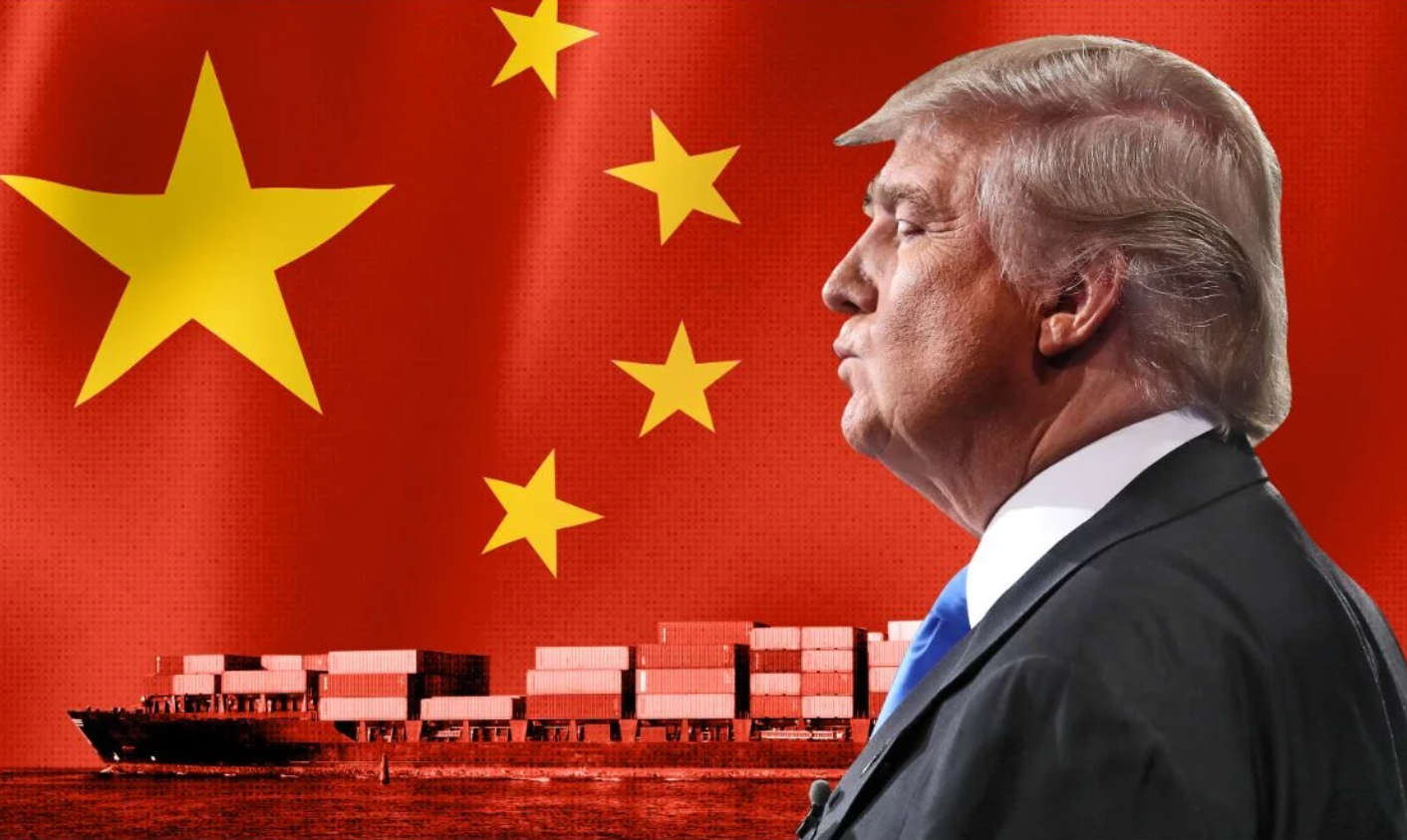According to Reuters, on April 8 (local time), White House officials confirmed that the United States would officially impose a 104% tariff on Chinese goods, effective from 12:00 a.m. on April 9 (Washington time).
A Trade War Ignites
The 104% tariff comprises three components: an initial 10% tariff imposed by the White House in early February 2025, a 34% retaliatory tariff announced by former President Trump on April 2, and a newly introduced 50% tariff.
The latest 50% tariff was first mentioned by Mr. Trump on April 7 as a means of pressuring the Beijing administration to withdraw its retaliatory 34% tariff on American goods.
However, rather than backing down, China’s Ministry of Commerce announced on the morning of April 8 that it would "fight to the end" in the tariff dispute with the U.S., signaling that Beijing would not comply with Trump’s deadline of noon, April 8, to lift its tariffs.
In the afternoon of April 8 (U.S. time), White House Press Secretary Karoline Leavitt told reporters that Mr. Trump believes Beijing should seek a deal with the United States regarding the impending tariffs.
Leavitt emphasized: “China wants a deal. They just don’t know how. He (Trump) believes China must do it. If China takes the initiative, President Trump would deeply appreciate it, and he will do what’s best for the American people.”
The uncompromising moves from both Washington and Beijing suggest that the second major trade war between the world’s two largest economies has reached an irreparable stage.
These escalating tensions turned April 8 into the fourth consecutive day of losses on Wall Street. Notably, the Dow Jones, S&P 500, and Nasdaq indices had surged earlier in the session—at times climbing over 4%—amid speculation that the White House might soften its tariff stance.
The threat of a full-scale trade war has prompted several major banks to revise their economic growth forecasts for both the U.S. and China. JPMorgan has downgraded its U.S. growth forecast for 2025 from 1.3% to -0.3%, while Citi has lowered its forecast for China’s growth from 4.7% to 4.2%.
Trade Tensions Flare Up Again
China’s Ministry of Commerce swiftly responded, condemning the U.S. action as a case of "mistake upon mistake" and vowing to implement proportional countermeasures. Meanwhile, U.S. stock markets reacted negatively: all three major indices—Dow Jones, Nasdaq, and S&P 500—reversed course and declined later in the day.
According to U.S. Customs and Border Protection (CBP), prior to the implementation of the new tariffs, the United States had already collected over $4.8 billion in tariffs from Chinese goods, more than $2 billion from Mexico, and approximately $861 million from Canada—most of which were imposed under trade executive orders from Mr. Trump’s previous term.
86 Countries, Territories, and the EU in the Crosshairs
China is not the only target—dozens of other countries, including many of the United States’ long-standing allies, will also be subject to new tariffs beginning April 9. These tariffs will range from 11% to 50%, depending on trade imbalances and the degree of reciprocity in bilateral trade relations.
Despite a series of phone calls from foreign leaders in recent days requesting delays or adjustments to the policy, White House Press Secretary Karoline Leavitt stated, “The President has no intention of postponing the plan.”
However, the United States has not ruled out the possibility of bilateral negotiations. “President Trump has instructed the trade team to be ready with customized, ‘tailor-made’ agreements rather than generic trade deals,” Leavitt noted, though she declined to provide any specific timeline for such negotiations.








